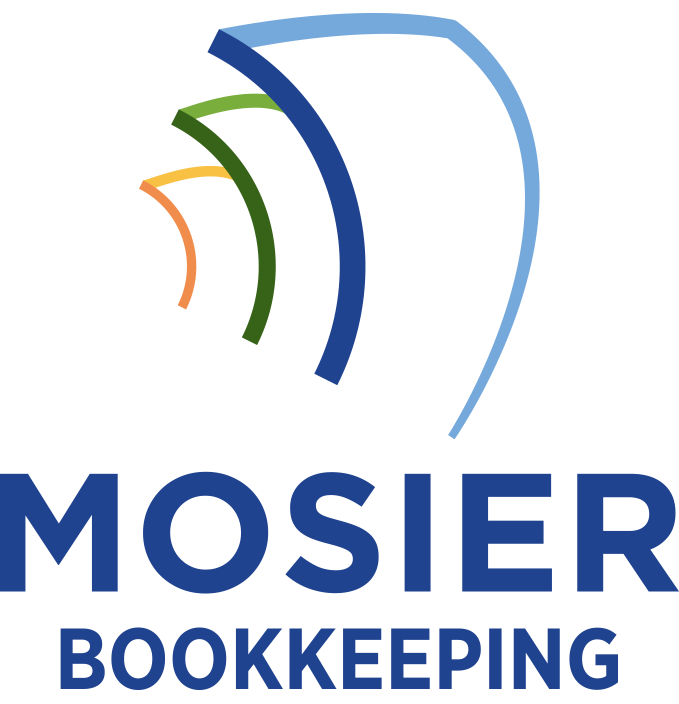To handle seasonal employee payroll correctly, I’ll need to first properly classify workers as employees or contractors according to IRS guidelines, then set up appropriate tax withholdings including federal, state, and local taxes. I’ll implement an automated payroll system to track hours, process direct deposits, and manage overtime calculations. I’ll maintain thorough records of I-9s, W-4s, and time sheets while ensuring compliance with labor laws and benefits requirements. Understanding these key components is just the beginning of mastering seasonal payroll management.
Understanding Seasonal Employee Classification and Labor Laws

While many businesses rely on seasonal workers during peak periods, properly classifying these employees and following applicable labor laws is pivotal for compliance and payroll management. I must guarantee I classify seasonal workers correctly as either employees or independent contractors based on IRS guidelines and the degree of control I maintain over their work.
I’m required to follow the Fair Labor Standards Act (FLSA), which mandates minimum wage, overtime pay, and recordkeeping requirements. I must also verify seasonal employees’ eligibility to work through Form I-9 and maintain compliance with state-specific labor laws, tax withholding requirements, and any industry-specific regulations that apply to my business.
Tax Withholding Requirements for Seasonal Workers
After establishing proper worker classification, tax withholding requirements demand specific attention for seasonal employees. I’ll treat them like regular employees for federal income tax withholding, Social Security, and Medicare. I must withhold based on their W-4 forms and current tax tables.
I’m required to report all seasonal wages on Form W-2, even if employment is brief. State and local tax withholding requirements vary by jurisdiction, so I’ll verify specific obligations for each location where I employ seasonal workers. I’ll also maintain accurate records of employment dates and total compensation to guarantee compliance with all tax reporting deadlines.
Setting Up Efficient Payroll Processing Systems

Because seasonal employment often involves rapid onboarding of multiple workers, I’ll need a streamlined payroll processing system that can handle fluctuating workforce demands. I’ll implement automated time-tracking software that integrates with my payroll platform, enabling quick processing of variable hours and overtime calculations.
I’ll establish digital onboarding procedures where employees can submit W-4s and I-9s electronically. My system will include built-in compliance checks for tax withholdings and labor laws. I’ll also set up direct deposit options and automated tax filing capabilities to minimize manual intervention and reduce processing time during peak seasonal periods.
Managing Overtime and Holiday Pay Calculations
I’ll help you navigate the complex calculations needed for seasonal employees’ overtime and holiday pay rates, which often require extra attention during peak periods. You’ll need to carefully track hours worked beyond 40 per week, applying the standard time-and-a-half rate while also accounting for any state-specific regulations that might affect your seasonal workforce. Creating a systematic approach to holiday pay calculations, including clear policies on observed holidays and eligibility requirements, will help you maintain accuracy and compliance during your busiest seasons.
Holiday Pay Rate Rules
Managing holiday pay rates for seasonal employees requires careful attention to both federal and state regulations. I’ll help you navigate the key rules you need to follow for compliant holiday pay calculations.
- Federal law doesn’t mandate holiday pay premiums, but if you’ve promised it in your policies or contracts, you must honor those commitments
- State laws may require specific holiday pay rates – check your local requirements
- Holiday pay typically ranges from 1.5x to 2x regular hourly rates for hours worked
- Seasonal employees must receive the same holiday pay rates as comparable full-time workers if your policy covers them
Overtime Tracking Best Practices
Accurate overtime tracking stands as one of the most critical aspects of seasonal payroll management. I recommend implementing a robust digital time-tracking system that automatically calculates overtime hours at 1.5x regular pay rates for hours worked beyond 40 per week.
I’ll guarantee compliance by maintaining detailed records of each employee’s start time, end time, and breaks. I’ve found that requiring employees to clock in/out using biometric verification prevents time theft and buddy punching. For maximum accuracy, I cross-reference timesheets with scheduling software and approve overtime hours before they’re worked. This systematic approach protects both my business and my seasonal workers.
Peak Season Pay Calculations
Building on proper overtime tracking, peak season pay calculations require heightened attention during the busiest periods of seasonal employment. I’ve found that managing peak season compensation demands a systematic approach, especially when holiday pay coincides with overtime hours.
- Calculate regular hours at standard rate, then apply overtime premium (1.5x) for hours exceeding 40 per week
- Add holiday premium pay when applicable (2x base rate for worked holidays)
- Factor in state-specific peak season regulations that may require additional compensation
- Document all premium pay calculations separately for clear audit trails
Stay ahead by implementing automated systems that flag these complex calculations during high-volume periods.
Benefits Administration for Short-Term Workers

Successful benefits administration for seasonal and short-term workers requires a delicate balance between legal compliance and cost management. I recommend auditing your benefits package to guarantee you’re meeting the Affordable Care Act’s requirements if you employ 50+ workers. You’ll need to track hours carefully, as seasonal employees working 30+ hours weekly for more than 120 days may qualify for health coverage.
I’ve found it’s indispensable to clearly communicate which benefits seasonal workers can access. Consider offering limited perks like employee discounts or shift meal programs. You’ll want to document your benefits policies specifically for seasonal staff to avoid misunderstandings and potential legal issues.
Record Keeping and Compliance Documentation
Beyond managing benefits, proper documentation forms the backbone of seasonal employment management. I’ll guide you through the essential record-keeping requirements that safeguard your business and maintain compliance with labor laws.
- Maintain complete I-9 forms and work authorization documents for three years after hire date or one year after termination
- Store W-4 forms and payroll records for at least four years from the tax due date
- Document all wage calculations, including overtime, bonuses, and deductions
- Keep detailed records of seasonal employment dates, job classifications, and performance evaluations
These records serve as your shield against audits and demonstrate your commitment to compliance.









